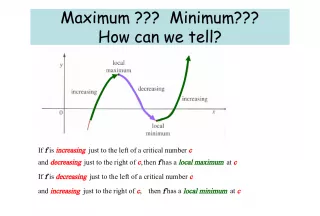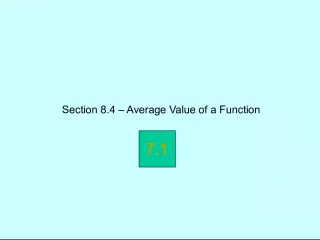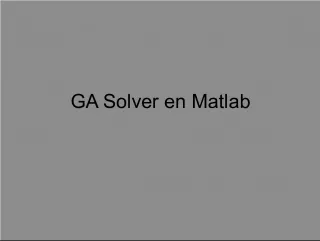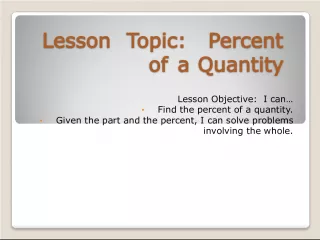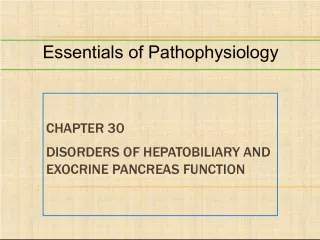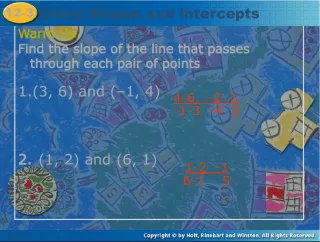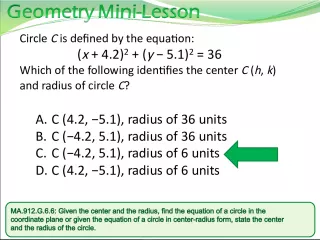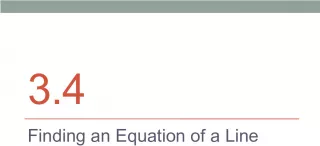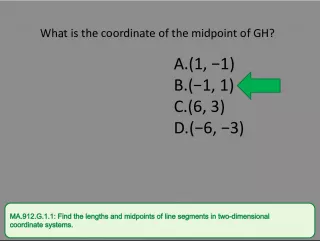Finding Increase and Decrease of a Function and Connecting it with its Derivative


In this task, you are required to find where the function f(x) = 3x^4 + 4x^3 + 12
- Uploaded on | 4 Views
-
 gaetano
gaetano
About Finding Increase and Decrease of a Function and Connecting it with its Derivative
PowerPoint presentation about 'Finding Increase and Decrease of a Function and Connecting it with its Derivative'. This presentation describes the topic on In this task, you are required to find where the function f(x) = 3x^4 + 4x^3 + 12. The key topics included in this slideshow are . Download this presentation absolutely free.
Presentation Transcript
Slide1DO NOW: Find where the function f(x) = 3x 4 – 4x 3 – 12x 2 + 5 is increasing and decreasing.
Slide2HW: Pg.4.3 – Connecting f ’ and f ’’ with the Graph of f
Slide3First Derivative Test Recall that at a critical point, a function can have: A local maximum, A local minimum, or Neither. We can look at whether f’ changes sign at the critical point to decide which of the above possibilities is the case:
Slide4First Derivative Test (cont’d)The First Derivative Test Suppose that c is a critical number of a continuous function f. (a) If f’ changes from positive to negative at c, then f has a local _____________ at c. (b) If f’ changes from negative to positive at c, then f has a local _____________ at c. (c) If f’ does not change sign at c (that is, f’ is positive on both sides of c or negative on both sides), then f has no local maximum or minimum at c.
Slide5Concavity In the figure on the next slide, the Slopes of the tangent lines increase from left to right on the interval (a,b), and so A function (or its graph) is called concave upward on an interval I if i is an increasing function on I . It is called concave downward on I if f’ is decreasing on I .
Slide6Concavity Concave ___________: F’ is decreasing f’’ < 0 Concave ___________: F’ is increasing f’’ > 0
Slide7Inflection Point A point where a curve changes its direction of concavity is called an inflection point. Thus there is a point of inflection at any point where the second derivative changes sign. Concavity Test (a) If f’’(x) > 0 for all x in I , then the graph of f is concave upward on I . (b) If f’’(x) < 0 for all x in I , then the graph of f is concave downward on I .
Slide8Determining Local Max/MinThe Second Derivative Test Suppose f’’ is continuous near c. (a) If f’(c) = 0 and f’’(c) > 0, then f has a local minimum at c. (b) If f’(c) = 0 and f’’(c) < 0, then f has a local maximum at c.
Slide9Example 1 Discuss y = x 4 – 4x 3 with respect to Concavity, Points of inflection, and Local maxima and minima.
Slide10Example 1 (solution)
Slide11Example 2 Discuss f(x) = x 2/3 (6 – x) 1/3 with respect to: Concavity Points of inflection, and Local maxima and minima.
Slide12Example 2 (solution)
